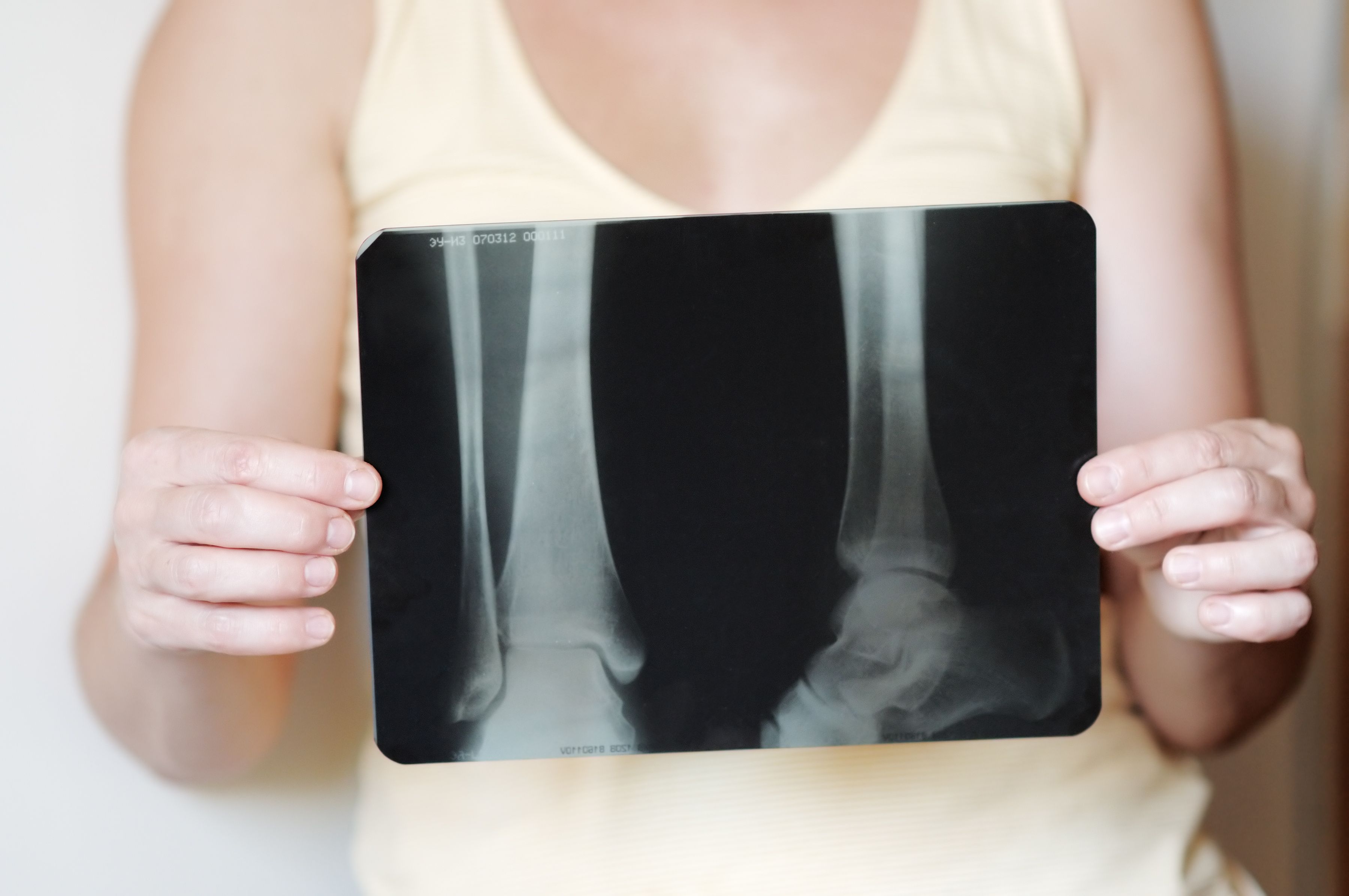Article
High-Dose Statins Increase Osteoporosis Risk
Author(s):
The diagnosis of osteoporosis in statin-treated patients is dose-dependent, say researchers writing in Annals of the Rheumatic Diseases last month.
(©Maria Sbytova, AdobeStock)

The diagnosis of osteoporosis in statin-treated patients is dose-dependent, say researchers writing in Annals of the Rheumatic Diseases last month.
Due to the sheer number of patients on statin therapy, research on the connection between statin use and osteoporosis risk is of great importance. Whether HMG-CoA-reductase inhibition, the main mechanism of statins, plays a role in the pathogenesis of osteoporosis, is not entirely known. Observational studies have indicated positive effects of statin use on bone mineral density and/or fracture risk, but data do not adequately support the use of statins as osteoporosis prophylaxis. Meanwhile, since statins inhibit the endogenous synthesis of cholesterol, the main substrate for the synthesis of sex hormones, they may have a negative effect on bone health, especially at higher dosages. However, data on the dosage-dependency of statins in the diagnosis of osteoporosis are limited.
In this population-based study, researchers investigated the relationship of different kinds and dosages of statins with osteoporosis, hypothesizing that the inhibition of cholesterol synthesis could influence sex-hormones and therefore the diagnosis of osteoporosis. Medical claims data of all Austrians from 2006 to 2007 was used to identify patients treated with statins to compute their daily defined dose averages of six different types of statins.
In the general population, statin use was associated with a three-fold higher rate of osteoporosis than controls (OR: 3.62, 95% CI 3.55 to 3.69, p<0.01). Osteoporosis was significantly lower with low-dose statin treatment (<10 mg per day), including lovastatin (OR: 0.39, CI 0.18 to 0.84, p<0.05), pravastatin (OR: 0.68, 95% CI 0.52 to 0.89, p<0.01), simvastatin (OR: 0.70, 95% CI 0.56 to 0.86, p<0.01) and rosuvastatin (OR: 0.69, 95% CI 0.55 to 0.87, p<0.01). However, higher doses significantly increased the odds of osteoporosis, as seen with dosages above 40 mg for simvastatin (OR: 1.64, 95% CI 1.31 to 2.07, p<0.01), and above 20 mg for atorvastatin (OR: 1.78, 95% CI 1.41 to 2.23, p<0.01) and for rosuvastatin (OR: 2.04, 95% CI 1.31 to 3.18, p<0.01) .
“Osteoporosis is underrepresented in low-dose and overrepresented in high-dose statin treatment, demonstrating the importance of future studies taking dose-dependency into account when investigating the relationship between statins and osteoporosis,” wrote the authors, led by Alexandra Kautzky-Willer, M.D. of the Medical University of Vienna in Austria.
Females are more commonly diagnosed with osteoporosis when compared with males, which was also the case in this study. “Whether higher dosages of statins could inhibit the synthesis of sex hormones, via HMG-CoA-reductase inhibition, is of special interest, as we could show that an increase in the dosages of statins was related to an exaggerated increase and overrepresentation of diagnosed osteoporosis cases in the whole study population, and additionally significantly stronger in women than when compared with men,” the authors wrote.
Guidelines for cholesterol lowering therapies for prevention of cardiovascular complications recommend reducing plasma low-density lipoprotein levels as low as 70 mg/dL in high risk populations, such as postmenopausal females.
“In clinical practice, high-risk patients for osteoporosis under high-dose statin treatment should be monitored more frequently,” in order to offer an individual therapy to prevent or treat osteoporosis, the authors wrote.
REFERENCE
Michael Leutner, Caspar Matzhold, Luise Bellach, et al. “Diagnosis of osteoporosis in statin-treated patients is dose-dependent.” Annals of the Rheumatic Diseases. September 26, 2019. doi: 10.1136/annrheumdis-2019-215714




